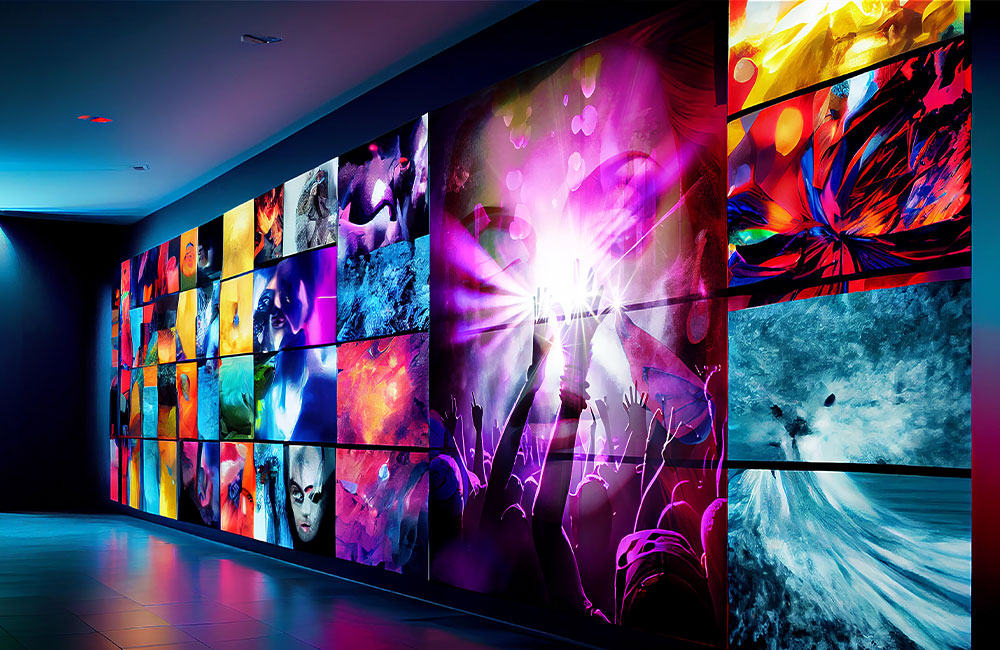Comprehending the Frequent Causes of Light Emitting Diode Wall Display Failure
Wiki Article

LED wall screens are commonly used in multiple environments, from ads to home cinemas. These screens are popular because they deliver bright and dynamic visuals while being energy-efficient. However, similar to all electronic gadgets, LED wall panels can encounter failures. Comprehending the common reasons of these failures is important for maintaining their performance and guaranteeing longevity. This article examines several key elements that can contribute to the failure of LED panel panels.
One of the primary frequent causes of failure in LED wall screens is excessive heat. LED technology produces heat during operation, and if this heat is not properly managed, it can harm internal parts. Poor ventilation or inadequate cooling mechanisms can worsen the issue. When the temperature increases beyond the suggested levels, it can lead to reduced brightness, color deviation, or total failure of the screen. Regular maintenance, including cleaning air openings and maintaining adequate airflow, can help prevent overheating and extend the lifespan of the screen.
Another major cause leading to LED panel screen malfunction is electricity spikes. Variations in the electric supply can cause harm to electronic parts within the panel. Sudden spikes in voltage can lead to blown circuit breakers or faulty circuits, leading in malfunctioning displays. Using surge protectors and voltage regulators can mitigate this risk by stabilizing the electricity supply and safeguarding sensitive electronic parts. Making sure that the power infrastructure is up to standard and able of handling the power needs of the screen is also critical.
Environmental conditions play a crucial role in the functionality of LED wall screens. Contact to harsh temperatures, moisture, or debris can adversely impact their functioning. For example, high moisture can result to water buildup inside the screen, which can result in short circuits or damage of internal components. Similarly, excessive dust accumulation can block ventilation and lead to overheating. Installing LED screens in visit this web-site regulated environments and regularly maintaining them can help maintain optimal performance and avoid failures.
Additionally, production flaws can result to early failures in LED wall panels. Quality assurance during production is essential to guarantee that each screen meets market standards. Defective components or poor assembly can result in issues such as inactive pixels or uneven brightness. It is crucial for consumers to buy LED panel screens from trusted brands that provide guarantees and service. This guarantees that any potential defects can be addressed promptly, reducing downtime and annoyance.
In conclusion, comprehending the common reasons of LED wall panel malfunction can help consumers take proactive measures to ensure their durability and performance. By addressing overheating, safeguarding against power spikes, taking into account external factors, and choosing quality items, consumers can significantly reduce the risk of failure. Regular maintenance and see this website knowledge of these elements will lead to a better performance with LED panel screens, whether for personal or business use.